
Legal Writing (2nd Edition)
by Christopher Enright
In his 1936 article 'Goodbye to Law Reviews' in 23 Virginia Law Review 38 at page 38 Fred Rodell pertinently and memorably remarked: "There are two things wrong with almost all legal writing. One is its style. The other is its content."
For the many who have been oppressed by legal writing that it nigh impossible to understand Fred Rodell has said it all. Complaints about legal writing, like billable hours, just keep mounting. To adapt the phrase from Phillipians 4:7, much legal writing 'surpasses all understanding'. This book seeks to solve the problem of lack of understanding by a two-stranded approach.
First, it contains a general account of the skill of writing. The three vital characteristics of good writing are structure, structure and structure [something that the apostles of plain English tend to overlook). This cubic requirement for structure delivers the most prized of all outcomes, clarity. Structure does this because it connects. Each word, phrase, sentence and paragraph connects with the one before and the one after. This makes a text readable because it flows, almost effortlessly, down a path paved with simplicity.
Second, the book explains the essentially legal component of legal writing. This derives from the various models for working with law. Legal writing involves describing some task for working with law [ even if the task is just organising law in order to write about it). This allows a simple technique for clear writing - adapt the method for working with law so that it becomes the structure for writing law.
236 pages softcover
About the Author
Christopher Enright is a chartered accountant, barrister and solicitor. He has lectured in law at several universities. He specialises in legal method.

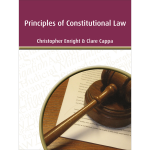 Principles of Constitutional Law
Principles of Constitutional Law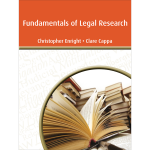 Fundamentals of Legal Research
Fundamentals of Legal Research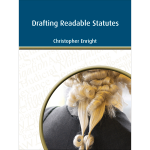 Drafting Readable Statutes
Drafting Readable Statutes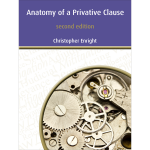 Anatomy of a Privative Clause (2nd Edition)
Anatomy of a Privative Clause (2nd Edition)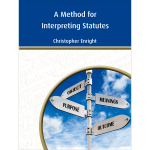 A Method for Interpreting Statutes
A Method for Interpreting Statutes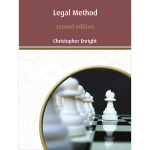 Legal Method (2nd Edition)
Legal Method (2nd Edition)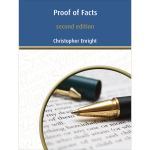 Proof of Facts (2nd Edition)
Proof of Facts (2nd Edition)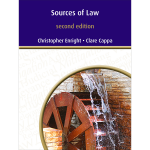 Sources of Law (2nd Edition)
Sources of Law (2nd Edition)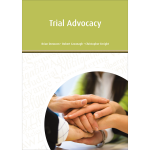 Trial Advocacy
Trial Advocacy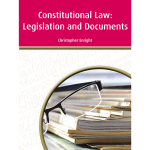 Constitutional Law: Legislation and Documents
Constitutional Law: Legislation and Documents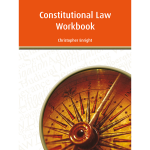 Constitutional Law: Workbook
Constitutional Law: Workbook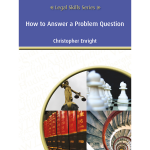 How To Answer a Problem Question
How To Answer a Problem Question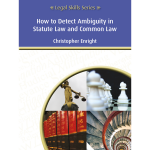 How To Detect Ambiguity in Statute Law and Common Law
How To Detect Ambiguity in Statute Law and Common Law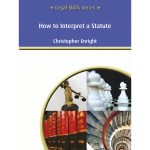 How To Interpret a Statute
How To Interpret a Statute How To Organise Law and Litigation
How To Organise Law and Litigation How To Prove Facts
How To Prove Facts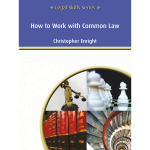 How To Work with Common Law
How To Work with Common Law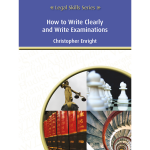 How to Write Clearly and Write Examinations
How to Write Clearly and Write Examinations